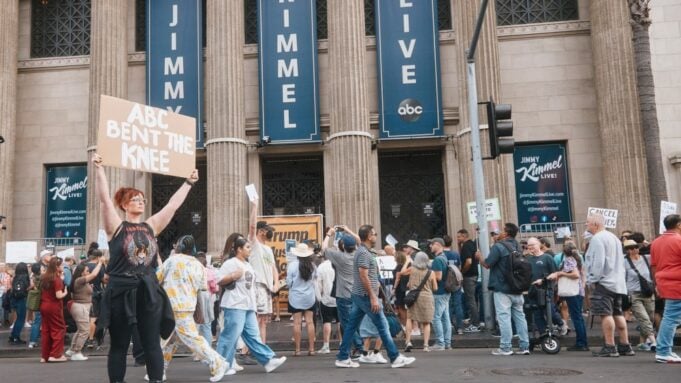The Battle of Jimmy Kimmel is over, but the war between networks and affiliates wages on. Kimmel is once again on the air throughout the country now that rebellious affiliate owners Nexstar and Sinclair have backed down and agreed to resume airing his ABC late-night show after a weeklong standoff.
Kimmel was benched for three nights by ABC after Brendan Carr, chairman of the Federal Communications Commission, threatened to punish the network over comments the host made in a monologue. Carr lashed out at Disney after Kimmel noted that the right wing was trying to “characterize the kid who murdered Charlie Kirk as anything other than one of them, and doing everything they can to score political points from it.”
Nexstar and Sinclair yanked Kimmel off their ABC stations after Carr’s comments, forcing Disney to put “Jimmy Kimmel Live!” on pause. But that turned the controversy into a lightning rod for free speech, giving Kimmel an opening to come roaring back on Sept. 23. By the end of the week Nexstar and Sinclair had restored the show as well.
On the surface, Disney prevailed, right? But in the cold reality of network TV these days, nothing is that easy. Sure, Disney averted a more explosive showdown. The brief blackout came to a calm resolution — surprising given the heated rhetoric at the outset. Nexstar and Sinclair ultimately rejoined the fold, but not before making their point — and, perhaps, currying favor with the FCC.
Most importantly for Nexstar and Sinclair — two companies known for their hardball tactics (just ask any syndication distributor) — they made their message to Disney loud and clear: As affiliates, they’re not happy. And as they lobby the FCC to abolish the cap on how many stations one company can own (currently maxed at a number that all together reaches no more than 39% of TV households in the country), a bulked-up Nexstar and Sinclair are flexing their power and heft.
Two weeks ago, few TV viewers had ever heard of the Nexstar or Sinclair, even if they regularly watched stations owned by them. But now they sure have.
Nexstar and Sinclair got contentious with Disney in September by yanking “Jimmy Kimmel Live!” off their ABC affiliates. That power play came after Carr’s threats against Disney, giving the two station groups cover for a boycott. Without Nexstar or Sinclair ABC affiliates, Kimmel was off the air in 25% of the country. That forced Disney/ABC to bench the host for a few days. And even though Kimmel quickly came back on the air in 75% of the nation, the kerfuffle exposed an ongoing rift between the broadcast networks and affiliates that may become even more strained in the coming years.
Love Film & TV?
Get your daily dose of everything happening in music, film and TV in Australia and abroad.
Fueling the animosity is the feeling among affiliates that while network ratings are declining, stations are being forced to pay more in “reverse compensation” to the networks. (Historically, networks paid stations to carry their programming. But by the 2000s, that balance of power reversed, and networks began demanding that stations pay them for the right to air their fare.) At the same time, the broadcast nets have become more aggressive in pushing viewers to their streaming platforms and away from their linear destinations, diverting eyeballs away from local TV.
“It’s really rough,” says one exec at another station group. “Are we happy? No. But hopefully we can coexist.” Says another: “Do we even want to be in the broadcast space given these types of shenanigans?”
According to some affiliate contracts, Disney would have the right to license “Jimmy Kimmel Live!” to another station in the Nexstar/Sinclair markets had their ABC affiliates kept it off the air. In 1993, 57 ABC affiliates — mostly in small- and medium-sized markets — refused to air the premiere of the Alphabet network’s “NYPD Blue,” citing concerns over content. So instead, ABC cleared the show on a mix of independent and Fox stations in those cities. When “NYPD Blue” became a massive hit, those ABC affiliate hold outs gave in and added the show back to their lineups.
The FCC has given stations more leeway in recent years to refuse to air network fare that it believes doesn’t serve “the public interest.” But the prospect of a long-term boycott became moot on Sept. 26, when “Jimmy Kimmel Live!” was restored across the country.
Both Nexstar and Sinclair are conservative-leaning, and it’s doubtful those companies have been thrilled to air Kimmel as he points out the Trump administration’s foibles. But there’s a more pressing reason both Nexstar and Sinclair might want to seek the favor of the FCC. (For its part, Nexstar said it “had no communication with the FCC or any government agency prior to” pulling Kimmel’s show.)
Nexstar and Sinclair are looking to dramatically change the shape of local TV in the U.S., particularly through two means: Nexstar is focused on bulking up by purchasing the Tegna station group for $6.2 billion, which would turn it into a behemoth reaching 80% of over-the-air TV audiences. Sinclair, meanwhile, hopes to push through the advanced ATSC 3.0 transmission technology (also known as “NextGen TV”), which would radically change the use of over-the-air spectrum. Consumer groups say the majority of the spectrum might then be converted for non-broadcast use — and perhaps more importantly for Sinclair, the company owns a key patent that could reportedly generate billions of dollars for it if 3.0 becomes the new TV standard.
Ironically, if station groups merge it’s expected to lead to fewer local TV news outlets. The adoption of ATSC 3.0 may also take some out of the game as station owners turn to other uses for their spectrum. Disney’s Bob Iger and others have pondered how much longer they want to stay in the local TV business as they shift their priorities to streaming. As the events of the past month have exposed some of the fragility of the old network-affiliate partnership, could this be the beginning of the end for stations?
Says one exec of the fraying network-affiliate tradition: “We’re both going to decline if we can’t work together.”
From Variety US































